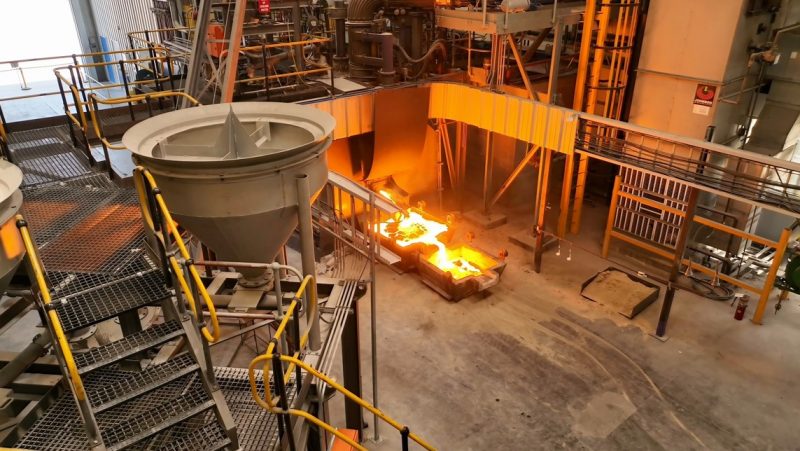
A Breakthrough in Green Steel from Hertha Metals
Hertha Metals, a U.S.-based startup, has successfully tested a green steel production method that promises lower emissions without higher costs. The process converts low-grade iron ore directly into molten steel or high-purity iron in a single step. This breakthrough could reshape how steel is made globally, as the method reduces both energy use and carbon emissions significantly.
Unlike traditional blast furnace methods, Hertha’s technology reduces energy consumption by 30%. It also cuts CO₂ emissions by at least 50% using natural gas and can run entirely on hydrogen with no hardware changes. This flexibility gives the system a major edge over electrochemical alternatives, which often require costly infrastructure and high electricity demand.
Additionally, Hertha’s system offers modular scalability. It integrates into existing steel plants, removing the need for costly new construction. Since late 2024, the company has operated a 1-ton-per-day pilot plant in Houston. In 2026, Hertha plans to launch a larger demonstration plant in Texas with an annual capacity exceeding 9,000 tons. The company will first target the U.S. rare earth magnet market with its 99.97% pure iron.
Green Steel Innovation Faces Energy Market Challenge
While Hertha Metals aims to scale up to full commercial green steel production by 2031, energy cost trends will strongly affect long-term feasibility. As more steelmakers shift toward low-carbon production, demand for electricity will surge. Recent study on the EU electricity market warns that pricing volatility may threaten the competitiveness of many hydrogen- and electrolysis-based green technologies.
Hertha’s process, which can flex between natural gas and hydrogen, offers insulation from some of these market pressures. This adaptability, coupled with compatibility with current facilities, makes Hertha’s approach particularly attractive for steelmakers seeking affordable decarbonization options without full infrastructure overhauls.
If successful at scale, Hertha’s model could drive broader adoption of green steel by balancing cost efficiency, modularity, and low emissions—key challenges for traditional heavy industry players attempting to meet net-zero targets.
SuperMetalPrice Commentary:
Hertha Metals’ innovation stands out in the crowded green steel space for its economic realism and modular design. While many green steel concepts remain stuck at lab scale or rely on high-cost hydrogen, Hertha’s dual-fuel flexibility and integration potential mark a strategic advantage. Still, scaling will depend heavily on energy prices and policy support. The startup’s move toward rare earth magnet supply chains shows smart market positioning. Investors and industrial buyers should monitor Hertha closely as the U.S. green steel race accelerates through 2030.



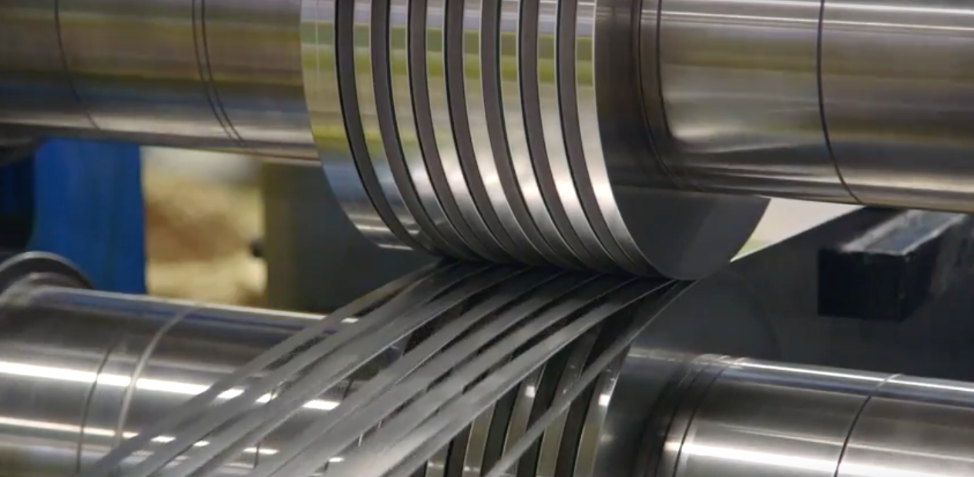



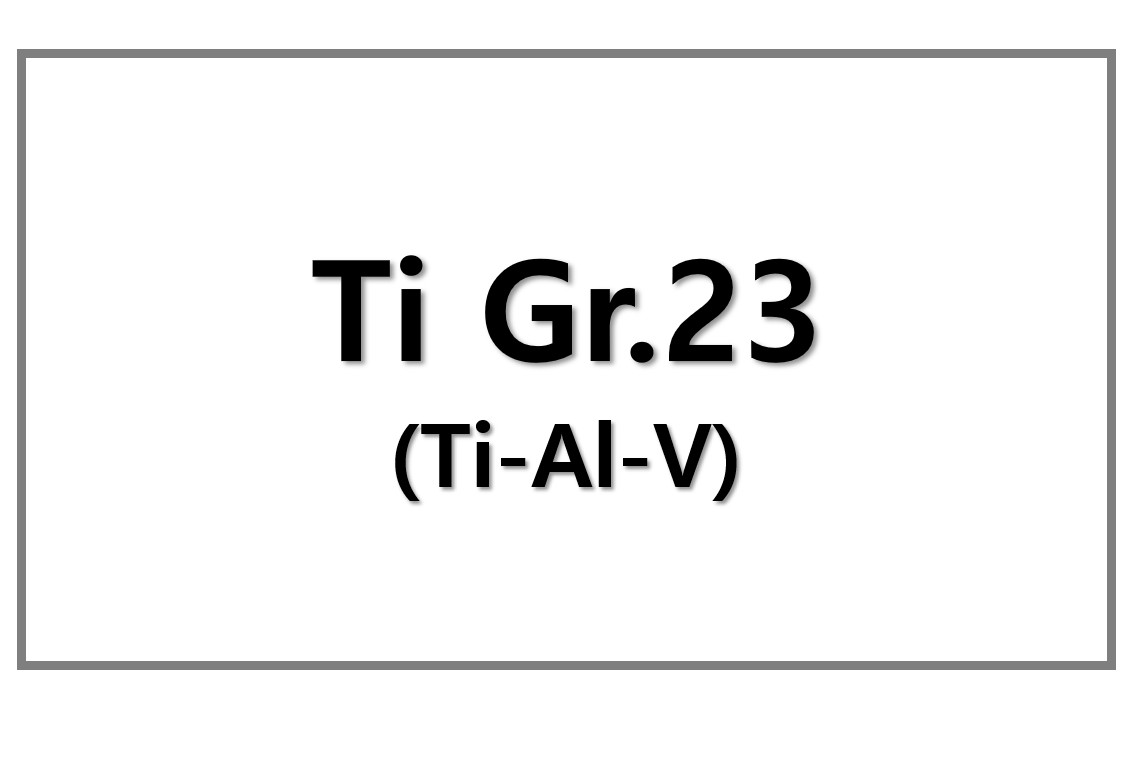
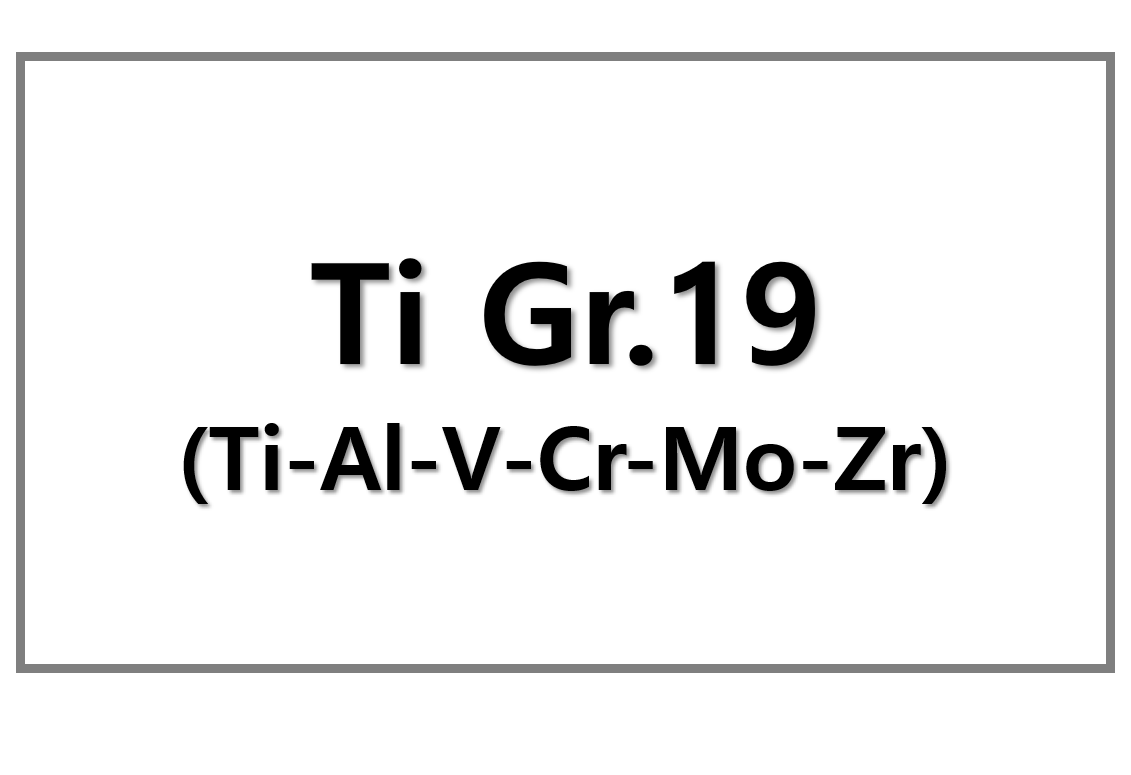
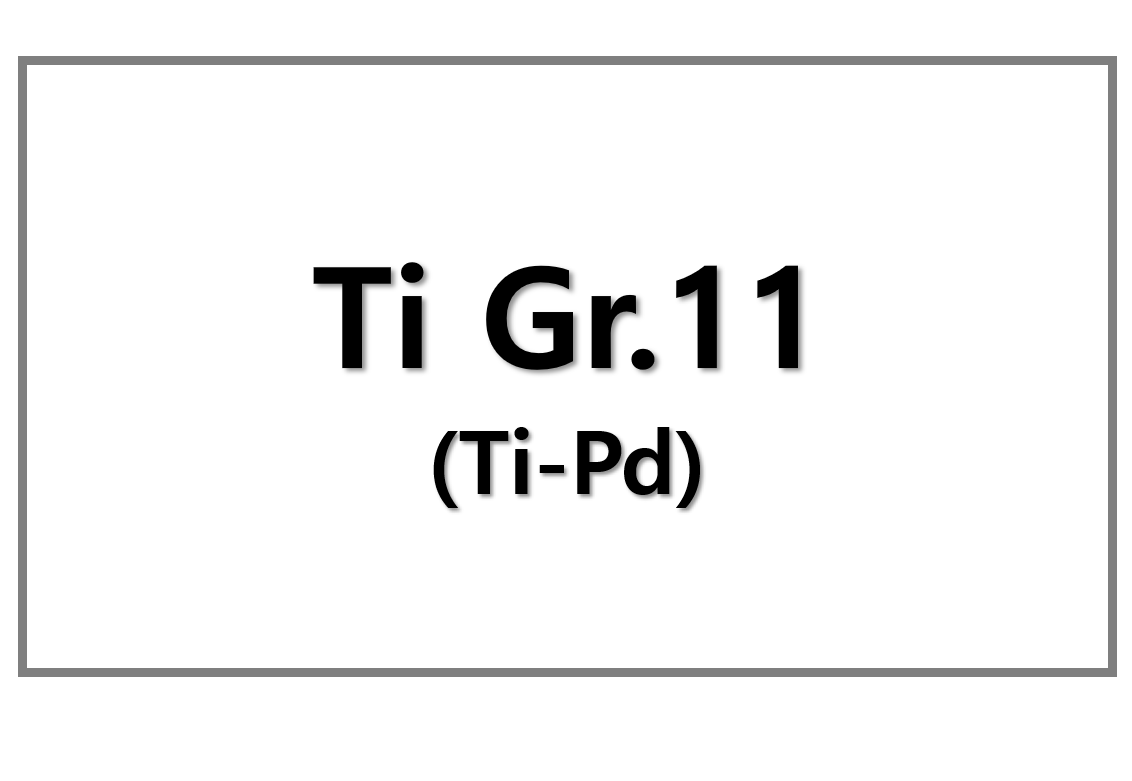
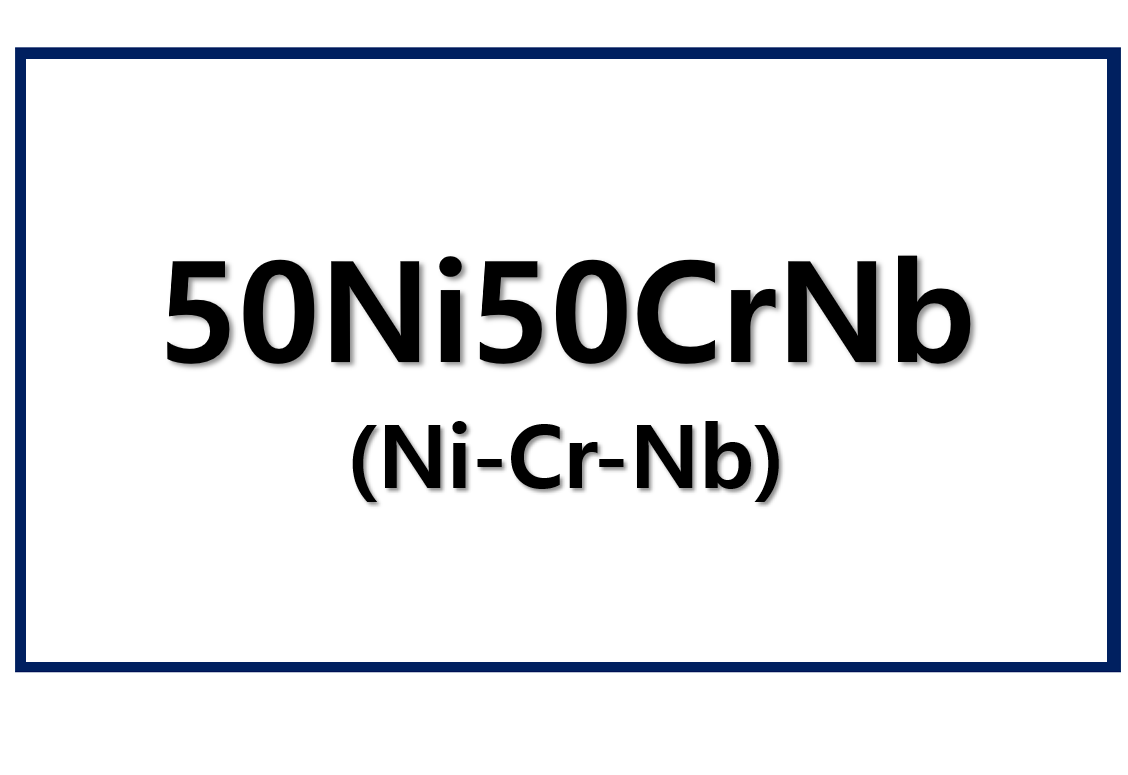
Leave a Reply
You must be logged in to post a comment.